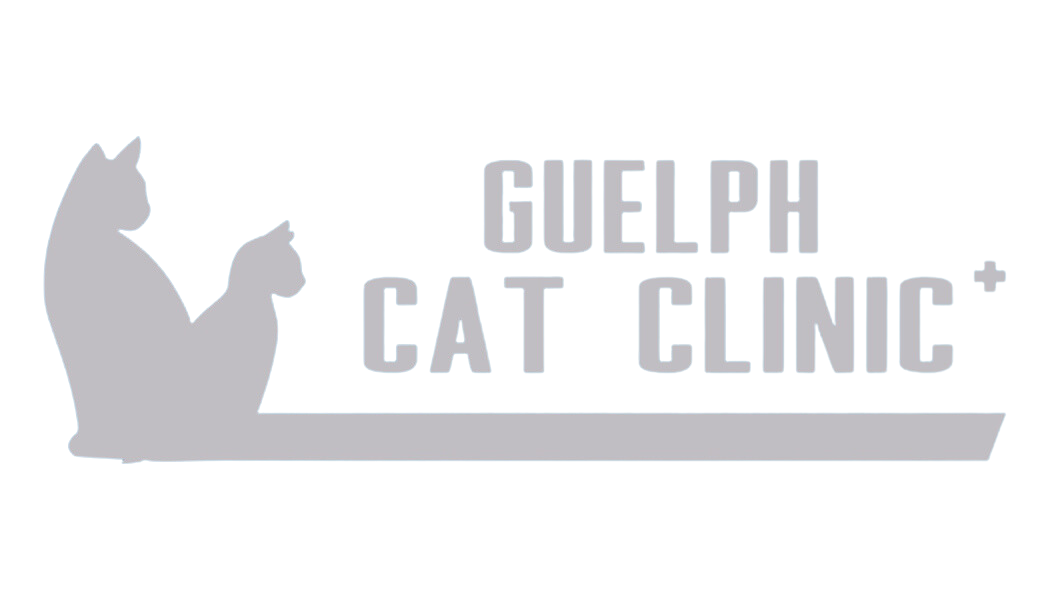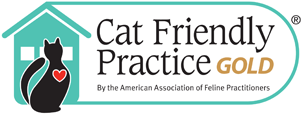Library
-
Systemic hypertension describes high blood pressure throughout the entire body. Hypertension in cats is often due to an underlying disease. When there is no underlying disease. The treatment of cats with hypertension depends on the underlying cause. Your veterinarian will recommend the best treatment options for your cat based on her specific needs. Prognosis is variable depending on how well the underlying conditions are controlled.
-
Systemic lupus is a rare disease in cats and most commonly affects Siamese, Persians, and Himalayans. It is caused by immune system dysregulation resulting in the immune system attacking different cells in the body. Skin changes can include ulceration or erosions of the face, ears, or entire body. Other systems affected include the kidneys, joints, blood cells, and the central nervous system. Diagnosis is difficult, requiring the presence of a minimum of three of the 11 criteria set by the American College of Rheumatology. Treatment involves suppressing the immune system with steroids and other immunosuppressive medications. Prognosis is guarded, as treatment to control the symptoms will be needed lifelong and in some cases may not be effective.
-
Tacrolimus ophthalmic is applied to the eye and is used off label to treat KCS (dry eye) and other immune-mediated and inflammatory conditions of the eye. Give as directed. Side effects are not common but may include irritation, eyelid twitches, or hair loss around the eye. Do not use in pets that are allergic to it or have a viral or fungal infection in the eye. If a negative reaction occurs, please call your veterinary office.
-
When leaving home for vacations, pet owners are confronted with the problem of what to do with their pets. Should they take them along or leave them at home? Reviewing a summary of boarding options and travel guidelines will make the decision easier while safeguarding the well-being of your pet and providing your own peace of mind.
-
Normal body temperature for dogs and cats is 101 to 102.5°F (38.3 to 39.2°C). Pets with temperatures above 104°F (40.0°C) or falls below 99°F (37.2°C) need immediate veterinary care. Temperature can be taken rectally or aurally. If taking your pet’s temperature is too difficult, take your pet to your veterinarian. If your pet’s temperature remains high or low, take him to your veterinarian.
-
Tapeworms are parasites that infect the gastrointestinal tract of cats, other animals, and humans. Several types of tapeworms are known to infect pets, but the most common species observed in cats is Dipylidium caninum, which is transmitted through fleas. Risk factors, clinical signs, treatment, and prevention are explained in this handout. Other, less common types of tapeworms that affect cats and humans are also covered.
-
Taurine is given by mouth in the form of a capsule, tablet, powder, or liquid and is used as an over the counter nutritional supplement to treat taurine deficiency, dilated cardiomyopathy, and prevent retinal degeneration. Give as directed by your veterinarian. Side effects are rare but may include vomiting. There are no known contraindications to using this supplement. If a negative reaction occurs, please call your veterinary office.
-
Taurine is a type of amino acid. Amino acids are the building blocks of all proteins. Taurine is an essential amino acid for cats. Taurine deficiency leads to feline taurine retinopathy, a weakening of the muscle cells in the heart (dilated cardiomyopathy) and may cause digestive disturbances. Since the 1980s, all cat diets are supplemented with enough taurine to meet the normal cat's needs. A healthy cat that eats a high-quality cat food that is appropriate to its life stage does not require supplementation. Supplemental taurine is used as a treatment for dilated cardiomyopathy in cats.
-
Deafness does not affect a cat's learning abilities, but it does impact what kinds of cues they can learn. The keys to success are choosing a set of consistent signs and signals and learning what the cat finds rewarding. Deaf cats need special supervision such as leashing or a catio if allowed outdoors, and may startle more easily than cats that can hear, but otherwise can be trained with all the same methods used for a cat with normal hearing.
-
Nebulization and coupage are used in patients with a variety of lung conditions and can be performed by veterinary staff and pet owners. Nebulization may be used to deliver a variety of medications to the lungs, in cases of infection, allergic lung disease, or other lung conditions. Coupage is often recommended for patients with pneumonia or bronchitis.



